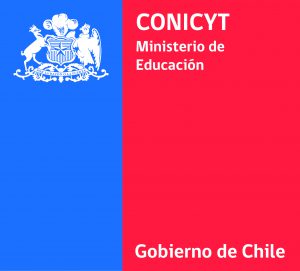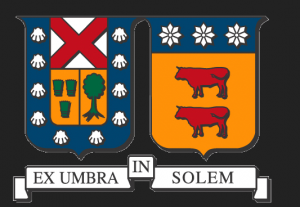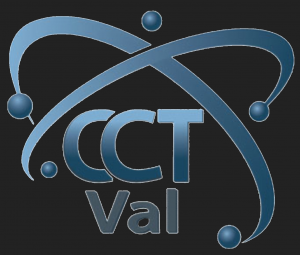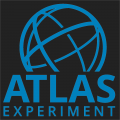UNDER CONSTRUCTION
- The researchers of the project have various links and networks, including international universities, institutes, and scientific collaborations. The project eam has a robust history of national and international collaboration. The number of publications that involve co-‐authoring with foreign researchers attests to this fact.
- Our collaborations have an ongoing exchange of information on specific topics of investigation, visits of researchers, as well as joint organization of seminars and conferences to present results and collaboration on research papers.
One of the key points of the proposed Ring setup is that relies on the already established strong collaboration of both our experimentalists and theoretician with CERN (Switzerland), the largest international center for science and technology devoted to particle physics. Our emphasis is on the ATLAS experiment, which some members of the proposed Ring participate in already several years, being co-‐authors of the discovery of the Higgs boson.
In order to realize our commitments for production of the 15% all sTGC, participation in the R&D program and assembling and installation of NSW in ATLASwe will need to hire a professional with the fulltime dedication to this program. We are going to extend the established CERN-‐UTFSM-‐PUC network involving as foreigner associate investigators the following world recognized scientists experts in high-‐ energy experimental physics, which are members of ATLAS collaboration:
These scientists play key roles in the ATLAS collaboration.
Of special mentioning deserves our long standing close collaboration with Pontificia Universidad Católica de Chile en Santiago in the subjects of the ATLAS experiment in which we participate together. The group has also strong connections to the US laboratories sucha as Fermilab, BNL, JLab (US). Through these international centers we have access to the world-‐wide collaborative network involving nearly all the important universities, institutions and laboratories.
Devoting resources to financing exchange visits of the Ring researchers and their nternational collaborators will, as previously, efficiently keep the state-‐of-‐the-‐art scientific work in this region.
This Ring implies growing network of scientific contacts, which will result in new collaborative activities.





